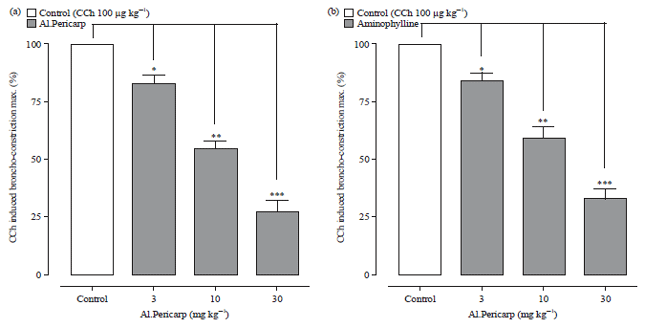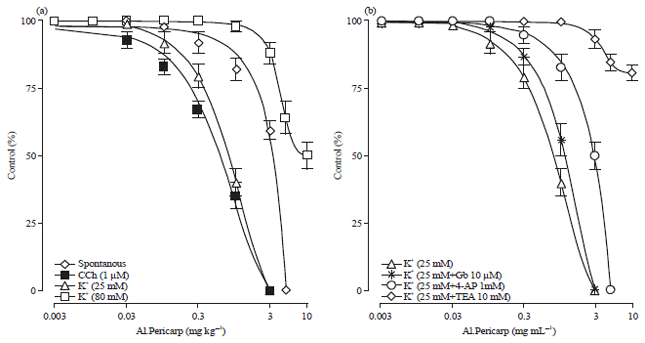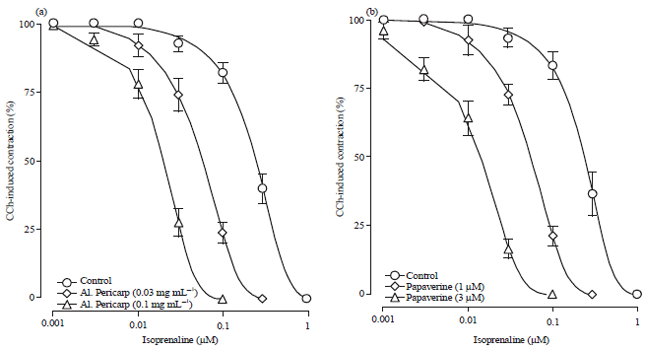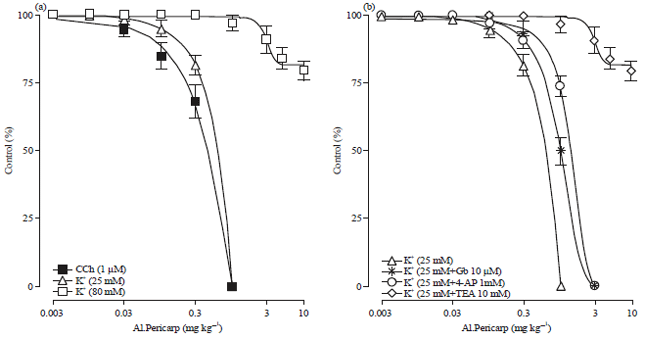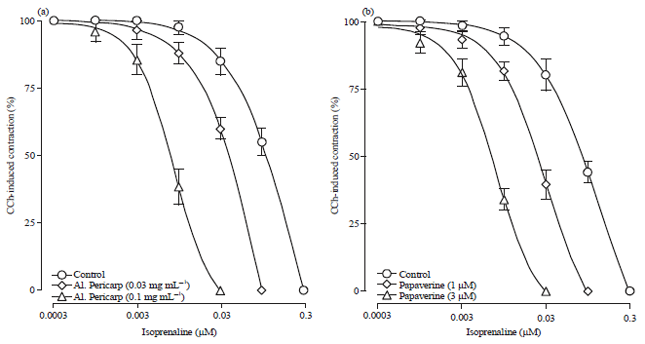Research Article
Possible Mechanism(s) Underlying the Antidiarrheal, Antispasmodic and Bronchodilatory Activities of the Pericarp of Albizia lebbeck
Department of Biological and Biomedical Sciences, The Aga Khan University Medical College, 74800, Karachi, Pakistan
Najeeb-ur-Rehman
Department of Biological and Biomedical Sciences, The Aga Khan University Medical College, 74800, Karachi, Pakistan
LiveDNA: 92.23714
Anwarul-Hassan Gilani
Department of Biological and Biomedical Sciences, The Aga Khan University Medical College, 74800, Karachi, Pakistan
LiveDNA: 92.93
Zunirah Ahmed
Department of Biological and Biomedical Sciences, The Aga Khan University Medical College, 74800, Karachi, Pakistan
Shaza Al-Massarani
Department of Pharmacognosy, College of Pharmacy, King Saud University, Riyadh, Saudi Arabia
Ali. El-Gamal
Department of Pharmacognosy, College of Pharmacy, King Saud University, Riyadh, Saudi Arabia
Mohamed Farag
Department of Pharmacognosy, College of Pharmacy, King Saud University, Riyadh, Saudi Arabia










